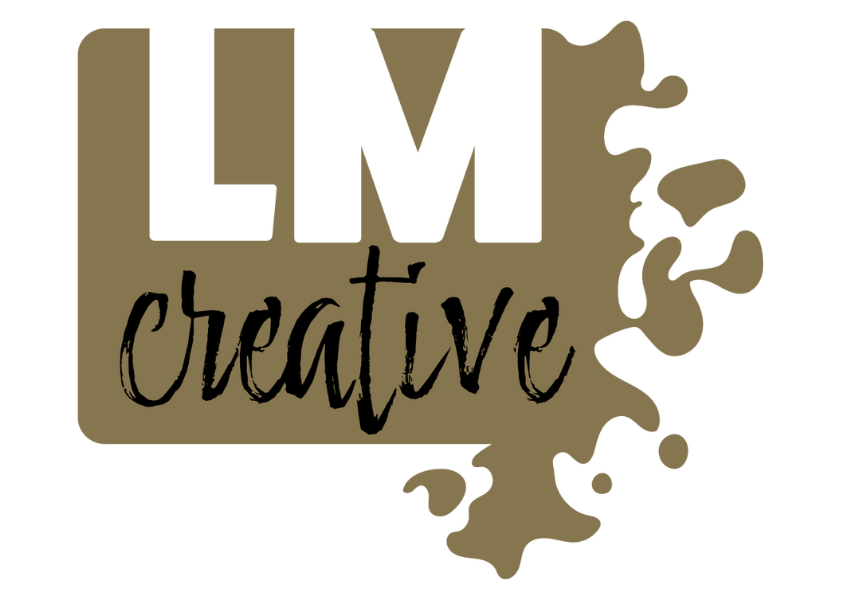Conducting market research for community development is a common task that helps gather actionable insights. This article offers guidance on survey design to help community development professionals collect meaningful data, ensuring community surveys are both effective and insightful.
TABLE OF CONTENTS
Key Takeaways
Setting the Stage for Effective Survey Design
Create with purpose, ask the right questions, and keep it simple, stupid.
Creating a community survey can be challenging. Whether you need to conduct a large survey to assess housing, community, or recreation needs or a project-specific survey, the basic parameters of development are all the same.
Every time I create a survey design for community development projects, I can’t help but hear the lingering voice of my marketing professor in my mind, “Create with purpose, ask the right questions, and keep it simple, stupid.” I learned a lot about survey design from him, and even more over the years as I made mistakes and adjusted.
That is what this article is about. I’ve written this with community development professionals in mind, but really, the parameters are the same whether you’re conducting a community survey or market research for a new business.
Either way, I hope this helps shed some light on survey design for community development so you are more confident the next time you conduct a survey, whether by yourself or with the help of a marketing consultant.
Defining Your Goals
Before You Create Your First Question, Understand Exactly What You Need to Know!
Before you head to the computer to start typing up a list of survey questions, you need to understand the goals of your survey. I know this sounds like a “well-duh” statement, but you’d be surprised how many times I’ve been part of the survey design process without clear objectives and goals in mind. It gets messy fast.
Understanding the ‘why’ behind your survey is important. Market research in community development involves identifying specific community needs and goals that your survey aims to address. It will also make sure that everyone on your team is on the same page and fully understands the scope of the survey project.
Creating a Survey Brief
The best way to keep you and everyone on your team on track is to create a Survey Brief. This is a simple document that outlines the following details:
During the survey design process, keep your goals in mind. This will help you choose the right question types to use, create clear and unbiased questions, and ensure your survey is engaging and easy to complete.
You’ll also find the results easier to interpret, as you’ll have a clear framework for what you’re trying to achieve.
Understanding the Three Parts of a Survey
Qualifying, Data Collection, and Demographics
Alright, your survey brief is complete. Now, it’s time to start building the survey. But, before you start writing all the questions, check out this section to understand the three parts of a survey and how you should organize all those questions.
Qualifying Questions
Qualifying questions (also known as in-survey screening questions) should be asked first within a survey. To best respect the time of all respondents, use this question type to immediately identify any respondents who don’t qualify as members of your target audience and route them to the disqualification page.
More importantly, qualifying questions help prevent you from dirtying your data set. For example, if you are conducting a community needs assessment, your target market is your residents. Should a tourist come across your survey, you need a way to disqualify them because their answers are not relevant data.
Data-Collection Questions
These questions form the bulk of the questions on your survey. The questions asked in this section of your survey should reflect the purpose of your study.
The responses to the data-collection questions will provide you with the information you need to create actionable next steps once the analysis process is complete. There are numerous formats that you can use to collect this information, and we’ll get into that in the next section of this article.
The key element of this section of your survey is to ensure that every question you ask relates back to your survey goals. This will help make sure that your survey stays on point and provides you with the meaningful data you are trying to collect.
Demographic Questions
In most cases, demographic information is required to add context to your survey.
Demographic questions can allow you to find trends when cross-analyzing the information with your data-collection questions. In fact, this is often one of the first things market researchers do when analyzing data points from a survey—they look for trends and correlations between the demographic information collected and the data-collection questions.
Demographic information (or firmographic information when it’s related to businesses) can often get overlooked when creating surveys because the questions are personal. For example: What is your household income? What were your business earnings last year? This information is important and will help you analyze the information more accurately.
Pro Tip:
Place demographic questions at the end of your survey.
By the time respondents reach the end, they will have established a sense of trust in the process and won’t be put off by requests for demographic information.
Strategically organizing your survey questions into these three categories will help you create effective and insightful surveys. You’ll also ensure that you don’t waste anyone’s time, that you don’t dirty your data by collecting information from people who don’t qualify, and that you generate valuable context for better analysis of your data.
Question Types and Formats
The Last Thing You Need to Think About Before Writing Those Questions
We are almost ready to start writing those questions! Before you begin, let’s take a few minutes to discuss question types and formats. Then as you write your questions, you can start making decisions on the best way to have your respondents answer them.
Open-ended Questions vs. Close-ended Questions
First, there are only two question types. Open-ended questions and close-ended questions. No matter what your question is, you can only ask it in those two ways.
Open-ended Questions
Open-ended Questions allow respondents to answer in their own words without being limited to pre-set response options. They encourage detailed, qualitative responses. Open-ended questions are best used when:
PROS
CONS
Close-ended Questions
Close-ended Questions provide respondents with specific answer options to choose from, such as multiple choice, rating scales, or yes/no responses. This type of question is most frequently used on surveys because they are quantifiable. Close-ended questions are best used when:
PROS
CONS
Question Formats
Alright, now let’s take a look at some of the most practical question formats and when to use them.
Multiple-Choice Questions:
Likert Scale Questions:
Ranking Questions:
Yes/No Questions:
Matrix Questions:
Open-Ended Questions:
Tips for Using Different Question Formats:
Using a mix of question formats in your survey design is the best way to gather comprehensive and actionable data.
Pro Tip:
When asking open-ended questions, give your respondents the space to answer.
There’s nothing worse than being asked to provide an opinion or to elaborate on a question and then only being provided with a text field to answer in.
A text field is a small, typically rectangular box where you can enter a single line of text. It is great for collecting a name or phone number.
The text area is a larger box where you can enter multiple lines of text. It’s great for open-ended questions where you’ve asked respondents to provide more details.
Creating Questions that Provide Real Insights
If you want meaningful data, you need to ask the right questions!
To collect meaningful community data, you need to ask meaningful questions. This is the first rule of survey design. However, I’ve noticed that survey design for community development projects sometimes misses the mark.
Meaningful questions yield valuable, actionable insights. They provide data that can be analyzed and cross-referenced to uncover trends, preferences, and areas of need within the community. As you begin writing your questions, make sure you follow these guidelines:
Pilot Testing
See if your survey really hits the mark!
So there you have it, a killer survey design that is clear, specific, easy to answer and follow, and will provide you with all sorts of meaningful data.
But wait, there is one more step to ensure you’ve produced the best survey you can: the Pilot Test. Of course, you’ve taken your survey through the normal editing and review phases, probably even getting your board members to test and sign off on the survey, but there’s a problem with that. Your circle is too familiar with the survey; their review of its content is actually biased.
The best way to pilot test your survey is to gather a small group of 5 to 10 people who have not been a part of the development process and get them to take the survey and provide you with feedback. This will allow you to discover:
Pilot testing is an essential step to refine your survey design, ensuring it’s as effective and insightful as possible before the full rollout.
Final Thoughts on Survey Design for Community Development
You’re well on your way to collecting meaningful data.
As community development professionals, we are expected to wear many hats, and sometimes, we learn on the fly to deliver meaningful results to our communities within the budget.
This article sums up the core information about survey design for community development projects, guiding you through setting clear goals, organizing your survey, choosing the right question types, and ensuring your questions are clear and unbiased.
Remember, a well-constructed survey is a powerful tool that can provide valuable insights, helping you make informed decisions that positively impact your community.
By following these guidelines and taking the time to carefully plan and pilot test your survey, you’ll be well on your way to collecting meaningful, actionable data. Whether you’re a seasoned pro or new to survey design for community development, these tips will help you create surveys that are both effective and efficient, ultimately leading to better outcomes for your projects and your community.
If you’d like some tips on delivering your survey to the community, check out our article, 11 Ways to Get More Responses for Your Next Community Survey.
We Can Help You Grow!
LM Creative Services for Manitoba Community Development Organizations
Stop letting bad survey design and poor analysis hold you back from creating real community change. LM Creative is here to help your community grow! From survey design and data collection to insightful analysis, we ensure your decisions are backed by meaningful data.
Whether you need us to handle your project from start to finish or provide support to lighten your team’s load, LM Creative has a number of service options to support you. Experience the confidence that comes from being well-informed, explore our services and let’s build a solution that works for you.
The Right Team. The Right Solution.
Learn more about us and see if we’re the right addition to your team.
About LM Creative
Empowering Success Through Tailored Marketing and Creative Solutions
At LM Creative, we’re proud to partner with small and medium-sized businesses across Manitoba to drive growth and achieve lasting success. Our services—spanning marketing, website design & SEO, graphic design, and visual storytelling—are designed with local entrepreneurs and their unique challenges in mind.
We specialize in providing coaching, consulting, and creative solutions that equip Manitoba business owners and teams with the tools they need to succeed. Whether it’s fractional marketing, a fractional CMO, or a fresh perspective on your brand’s story, we’re here to bridge resource gaps, simplify your marketing efforts, and deliver real results.
Let LM Creative help your Manitoba business build a strong foundation for success.


